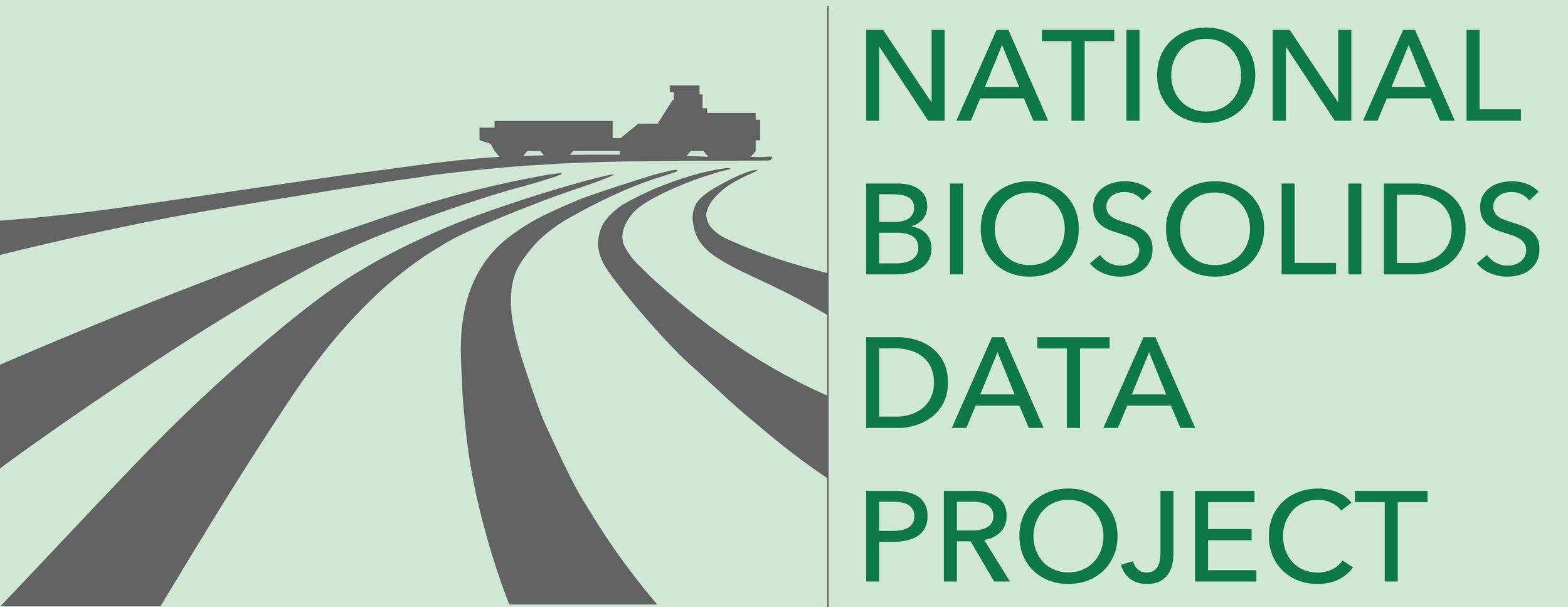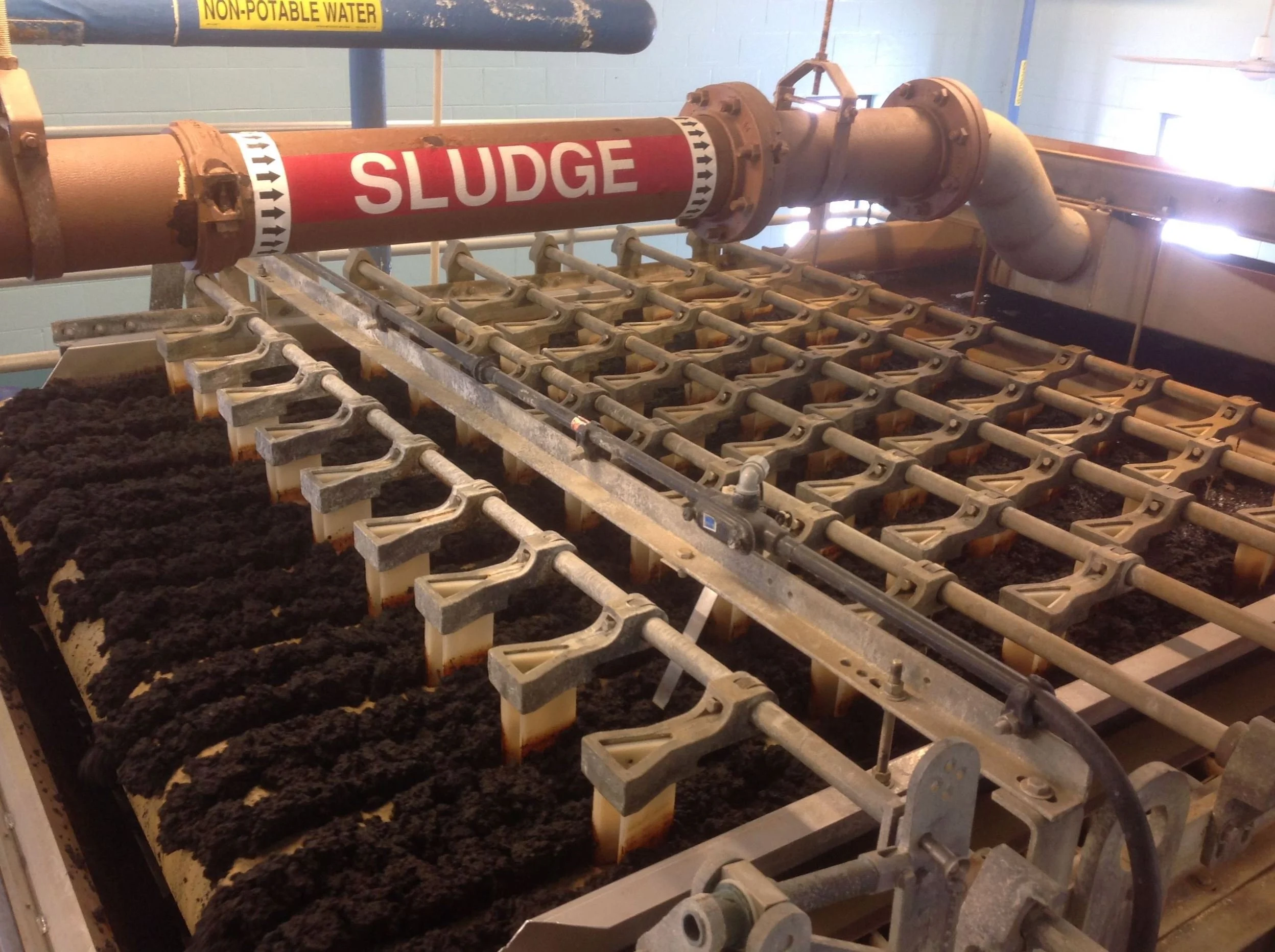State Data
Confidence in data for this state:
HIGH
2018 data unless noted.
Definitions
Terms used on this website and in data sets are defined & discussed here.
Touring the Milorganite facility. Photo courtesy of NEBRA.
A scoop of fresh Milorganite. Photo courtesy of NEBRA.
Dewatering solids. Photo courtesy of Saukville, WI.
Bulk biosolids field stacking. Photo courtesy of the City of Appleton, WI.
State Statistics Dashboard
State Summary
● Wisconsin has dense populations along its eastern portions, where manufacturing, technology, and healthcare help drive the economy. But most of the state’s land hosts abundant agriculture, and the state is famous for dairy (cheese) and breweries.
● The large majority of WI wastewater solids are applied to farm soils and have been for decades – in 2018, about 2/3 as Class B and 1/3 Class A liquid or dewatered cake. Biosolids are used to grow corn and grass (hay) for animal (dairy) feed and, to a lesser extent, energy (ethanol), as well as grains such as wheat and soy. Larger WI water resource recovery facilities (WRRFs) that land applied Class B biosolids in 2018 include the following (note that WI WRRFs are proud of and share much information about their wastewater and biosolids programs, which is not the case in many states):
Milwaukee (but just 146 of their ~38,700 dry metric tons (dmt) - most of their biosolids are heat-dried and marketed nationally as MilOrganite); Madison (2nd largest city, state capitol, population ~265,000); Duluth (~86,000); Racine (~76,000 population); Appleton (~73,000); Waukesha (~72,000); Eau Claire (~69,000); and Fond du Lac (which also landfilled ¼ of its biosolids in 2018).
● There are 20 or more private companies, including ~10 that serve as separate preparers, further treating solids to Class B or A standards. All municipalities, separate preparers, and contracted haulers who land apply must store liquid or dewatered solids during the winter, since land application is prohibited on frozen or snow-covered ground. This allows for biosolids application when farmers are ready, usually in the spring or fall. Some biosolids from eastern Minnesota WRRFs (e.g. Duluth) are land applied in Wisconsin under a WI permit.
● Many of the contract service companies also dredge wastewater and solids lagoons, which are numerous at small WRRFs across the state and are typically only cleaned out every 5 – 30 years. For example, in 2018, Washburn (0.35 MGD) had solids from its lagoon dredged, producing an unusually large amount for a small WRRF, all of which was dewatered and sent to the City of Superior landfill.
● Over the past 20 years, there has been a significant (8%) increase in the amount of Class A EQ biosolids produced in WI. This is a trend nationwide. The leading Class A EQ product in the U.S. is MilOrganite, the heat-dried fertilizer produced from Milwaukee wastewater solids that has been produced and sold since 1926. Class A EQ products are used for turf grass, golf courses, landscaping, horticulture, shrubbery, and gardens.
● Many of the larger WRRFs, including Milwaukee (the largest city, population ~586,000) and Madison stabilize solids with anaerobic digestion (AD). Full utilization of biogas by these facilities and others is quite advanced in WI. For example, Janesville (15.33 MGD) has long pioneered electricity generation from biogas, and, as of 2018, was converting some into compressed form (CNG) to fuel vehicles.
● There is one WI WRRF that relies on incineration for solids management: Green Bay, which is the 3rd largest city (population ~104,000). It has one fluidized bed and one multiple hearth incinerator.
● Biosolids management is overseen by the Wisconsin Department of Natural Resources (WI DNR) Water Quality Program. WI DNR has long been delegated for the U.S. EPA 40 CFR Part 503 biosolids program for land application, surface disposal, and landfilling (but not for incineration). Thus, WI WRRFs report only to WI DNR regarding biosolids management.
● Phosphorus (P) runoff from agriculture has been a major challenge in Wisconsin for 20+ years, with increasing restrictions on applications of P fertilizers, including biosolids, and steps taken by the state to encourage accurate monitoring of P levels. Another issue expanding nationwide in the 2020s is PFAS: as in some other states, a few WI WRRFs are struggling to address uncertainties about the presence of PFAS – a family of widely-used, persistent chemical compounds – in biosolids. PFAS are not used by these utilities, but they come in wastewater from our modern daily activities. A worst case scenario occurred at Marinette, where a PFAS manufacturer discharged high volumes of PFAS to the WRRF, which resulted in past biosolids impacting soils and groundwater with PFAS levels high enough to raise concerns that led to a temporary suspension of biosolids land application.





